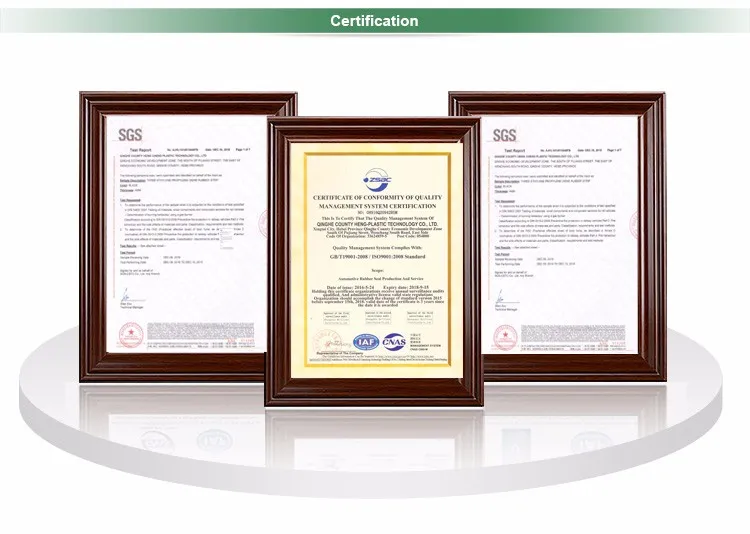Hydroxyethyl Cellulose is a white, free-flowing granular powder, prepared from the alkali cellulose and ethylene oxide (or ethylene chlorohydrin) by etherification, and belongs to non-ionic soluble cellulose ethers, both soluble in hot and cold water. Owing to good thickening, suspending, dispersing, emulsifying, film-forming, water-protecting and providing protective colloid properties, Hydroxyethyl Cellulose has been widely used in oil exploitation, coating, building, medicine, food, textile, papermaking, polymerization and other fields.
 Home
Home













